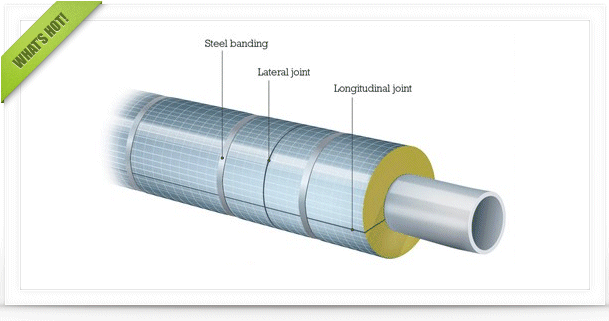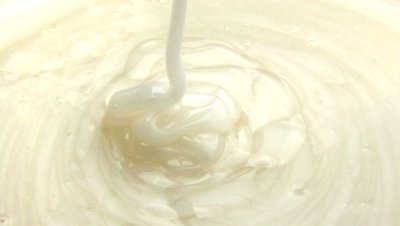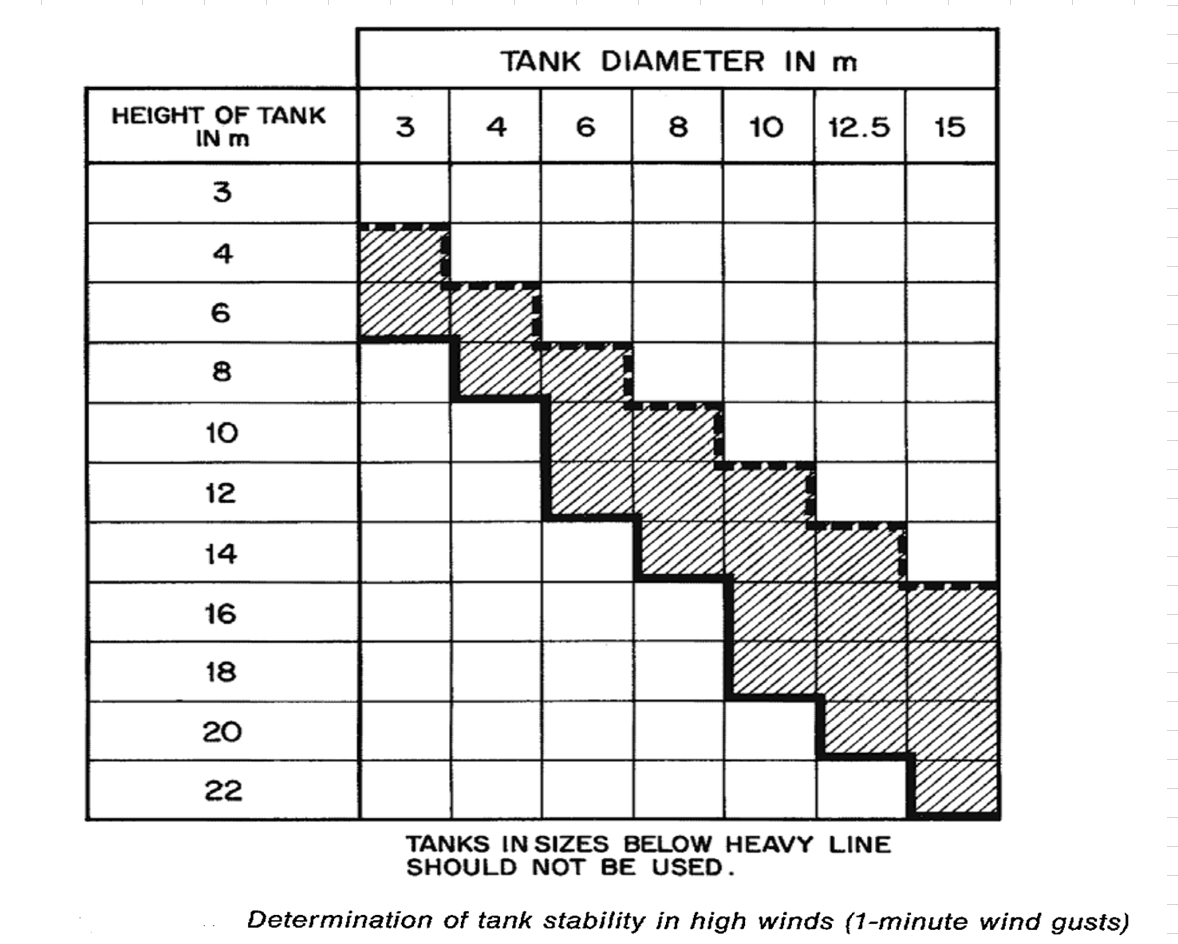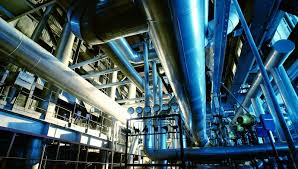Note that routing PSV discharge back to a liquid source may have to do with a small DN long stagnant piping, often sagging. Design showed in the extract from ANSI/HI 6 under the link above is suitable for cases when the pump is located nearby to the tank and the pump has a start-up line that can be combined with PSV discharge.
There are many cases where there is no a one source where a liquid is pumped out, e.g. tank farm, or there are no other lines are able to be combined with PSV. I personally have the bad experiences with long liquid-filled stagnant piping under pressure and caution others from such design.
PSV design has no a simple answer like "do [this way] and all will be ok". All factors should be evaluated and the best option validated.
Note that PSV design may differ from conventional spring loaded, e.g. unaffected by backpressure
ANSI/HI 6.1-6.5-2000
6.3.7.1 Relief valve
The insertion of a discharge relief valve of suitable size for the rate of flow of the pump, set to open at a pressure above the operating discharge pressure required of the pump, is mandatory because of the safety it affords. The relief valve should be placed in the discharge line close to the pump and ahead of any other valves.
Full-opening, pilot-operated, or shear pin relief valves, or burst-discs, which require little ot no over-pressure to develop fully-open flow capacity, are often preferable to spring-loaded relief valves. Spring types may require considerable over-pressure to compress the spring before becoming fully open, creating pump overload.
...
Also note that a soaked spring may be prone to a failure on demand. I have not met clues that an extensive industry study was conducted to assure that conventional spring-loaded valves preformance is not affected by liquid in the discharge chamber - may be someone can share such?
CCPS Pressure Relief and Effluent Handling Systems 1998
2.11.1 Relief Device Reliability
...
One analysis of data of the first type shows that about 44% of the valves lifted outside the limit of +/-10% of the original set pressure, regardless of the time in service (one week to one year for these data) (Aird 1982). This limit is the criterion used by one company to define failure for the purpose of establishing maintenance schedules. The “failed” valves were apparently quite clean; fouled valves could not be tested before cleaning. Initial relaxation of the spring is one possible cause of low set pressures. This 5 to 10% reduction can be avoided by compressing the spring almost all the way for a few minutes before installation in the valve. Subjecting a valve to vibration was shown to cause a progressive reduction in set pressure in a laboratory test. Another valve was soaked at 80°C, causing a 75% increase in set pressure over a period of 800 hours. Both valves returned to the original set pressure after the initial test lifts. The observed wide deviations from the original set pressure remain unexplained.
Edited by shvet1, 26 July 2024 - 02:25 AM.

 FB
FB













